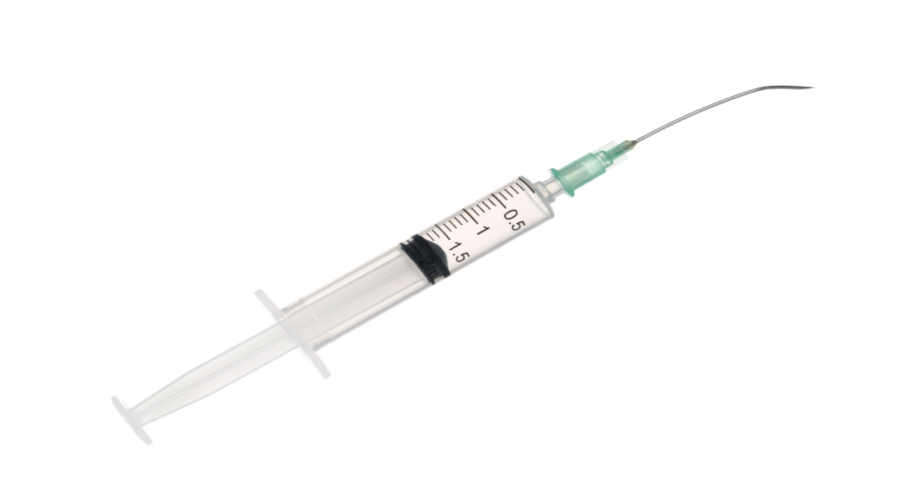Direct and indirect remuneration (DIR) is the latest layer is an increasingly tangled web of payments connecting the Centers for Medicare & Medicaid Services (CMS), Medicare Part D plans, pharmacy benefits managers (PBMs) and independent community pharmacies.
Here’s a look at how DIR fees started, how they benefit PBMs and Medicare Part D plans, and how they affect your pharmacy.
How DIR originated
CMS originally used the term “DIR fees” to refer to the various forms of direct and indirect payments that Medicare Part D plans and PBMs received. Medicare Part D plans and PBMs were required to create reports listing all of these payments, which CMS used to understand drug pricing, price concessions and the cost of providing services to Medicare Part D beneficiaries.
These reports listed all price concessions, such as rebates from drug manufacturers, which Medicare Part D plans and PBMs received throughout the plan year. These rebates effectively decreased the net cost of the drug for the Medicare Part D plan and the PBM, which meant the rebates were a form of payment, or remuneration.
In an attempt to get a more accurate idea of drug costs, CMS continued to expand the list of price concessions that had to be included in DIR reports over the years, causing the reports to balloon.
DIR and pharmacies
Medicare Part D plans and PBMs co-opted the term “DIR fees” to refer to a variety of fees they charge independent community pharmacies.
These include fees pharmacies pay for participation in preferred pharmacy networks, also known as “pay-to-play” fees. DIR fees also include “network access fees,” “administrative fees,” “technical fees,” “service fees,” “credentialing fees,” and others, National Community Pharmacists Association (NCPA) CEO B. Douglas Hoey, R.Ph., MBA, said in a Nov. 2 article.
Other DIR fees are tied to pharmacies’ performance on metrics, such as refill rates, generic dispensing rates, preferred product rate, audit performance rate, error rates and other quality measures, according to NCPA. Other DIR fees result from resolving differences between the target reimbursement rate in a participating pharmacy agreement with an aggregated effective rate across all prescriptions.
Medicare Part D plans and PBMs continue to refer to all of these fees as “DIR fees” in part to bolster their assertion that these fees can’t be determined at point-of-sale, and instead, must be collected from pharmacies after adjudication, according to NCPA.
However, many of these fees, such as the network participation, access, and administrative fees, are assessed on a per claim basis or as a flat percentage. CMS contends that these fees can be estimated at point-of-sale, and need to be included in the Prescription Drug Event (PDE) instead of on the annual DIR report.
DIR fee example
Understanding how DIR fees affect your pharmacy isn’t easy, because the entire process can span months, from the time you purchase the drug to the time the final reimbursement is determined after DIR fees are assessed.
For example, imagine your pharmacy dispenses a prescription that costs you $100 and you receive a profit of $10. The total price of the prescription is divided between a $7 co-pay from the patient and $103 from the PBM.
After the adjudication process, it appears the pharmacy made a profit of $10, but weeks and months later a PBM can assess a per claim DIR fee, and charge your pharmacy $8. This cuts your profit by 80 percent.
While these numbers are for example purposes only, they do illustrate how DIR fees make it difficult for pharmacies to determine how much money they make—or lose—on each prescription they fill.
Rise of DIR fees
DIR fees charged to pharmacies have become more common in recent years, and one possible reason is that Medicare Part D plans and PBMs are using these fees as a response to Maximum Allowable Cost (MAC) transparency laws.
Several states have adopted laws requiring PBMs to regularly update MAC prices in an effort to make reimbursement rates for pharmacies more transparent. Medicare Part D plans and PBMs have turned to DIR fees as a way around this.
Medicare Part D plans and PBMs keep published MAC prices high, and initially reimburse pharmacies for that amount. But then they charge pharmacies DIR fees months after the initial claim adjudication. These fees reduce the overall net reimbursement cost for Medicare Part D plans and PBMs, and cut into pharmacy’s already slim profit margins. And, the lengthy time span between these events makes it difficult for pharmacies to determine how much they’ll ultimately receive for dispensing a drug.
What makes this even more abusive to pharmacies is that PBMs will wait to conduct these reconciliations until well after claim adjudications are complete. PBMs can wait weeks or months to finally reconcile the contractual term and an actual reimbursement realization, and charge pharmacies for the difference.
Future of DIR fees
Effective Jan. 1, 2016, CMS is requiring drug pricing based on MACs set by PBMs to be subject to the same disclosure and update regulations as prescription drug pricing standards.
This means MACs will have to be shared with in-network pharmacies in a format that allows pharmacies to validate drug prices before PBMs can use those prices to determine reimbursement rates. Most importantly, this rule requires PBMs to publicly update MACs at least every seven days to accurately reflect the market price of acquiring the drug.
This MAC transparency provision is similar to the state-by-state provisions that have been driving PBMs to charge pharmacies DIR fees. So, while this provision is intended to give pharmacies more transparency about their actual reimbursement rates, it might also encourage the use of DIR fees.
However, CMS has another provision slated to take effect in 2016 that could combat DIR fees.
CMS said that many of the fees PBMs and Medicare Part D plans charge pharmacies can be reasonably estimated at point-of-sale, and therefore should be included in the adjudications process on the PDE.
CMS will require PBMs and Medicare Part D plans to report remuneration that can be estimated at regular intervals on the PDE in 2016. This requirement aims at providing clarity to pharmacies, as any fees that would lower their net reimbursement would be assessed in the adjudication process, rather than months later as a part of reconciliation.
Pharmacy outlook
To combat abusive DIR fees, pharmacies have to protect themselves starting with their contracts.
NCPA recommends that pharmacies, and contracting entities that negotiate on behalf of pharmacies, do their due diligence when evaluating contracts to be aware of all of the terms and conditions, including DIR fees.
TriNet Third Party Network by PBA Health is a pharmacy services administration organization (PSAO) that provides third party contracting services for independent community pharmacies. The legal experts at TriNet examine each contract, including looking for DIR fees, and negotiate the best terms and conditions possible.












